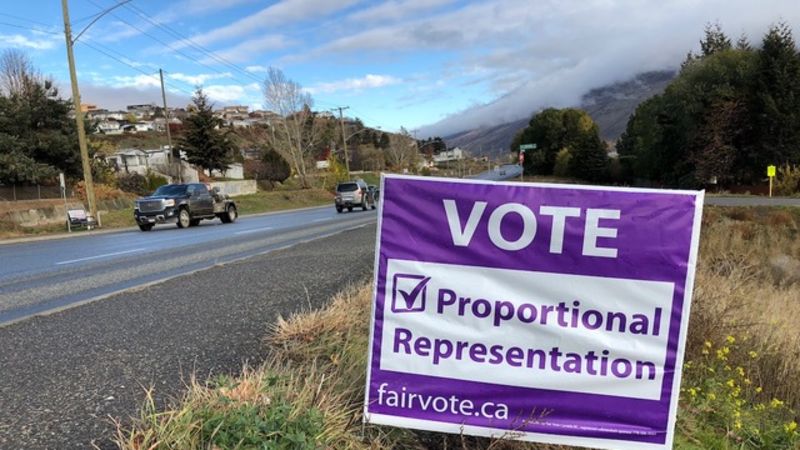
ROTHENBURGER: Proportional representation shows up again like an uninvited guest
LIKE AN UNINVITED house guest, proportional representation keeps showing up and wanting to move in. It’s happening again.
It was inevitable, perhaps, that the losers in the federal election would whine about how they deserved better and would have gotten it if only Canada had a pro rep (prop rep, PR, etc.) system for electing governments.
The old “35 per cent of the vote shouldn’t mean 100 per cent of the power” and so on. It’s not quite as catchy when minority governments have been chosen but they persist with the notion that total popular vote should be totally tied to the number of seats a party gets.
It’s voodoo math, as I’ve called it in the past. It’s been studied to death. British Columbians have rejected it no less than three times in provincial votes. Ontario, Quebec, New Brunswick and Alberta have all studied pro rep and either turned it down or put it on the shelf, and Justin Trudeau once promised it but changed his mind when he took a closer look.


